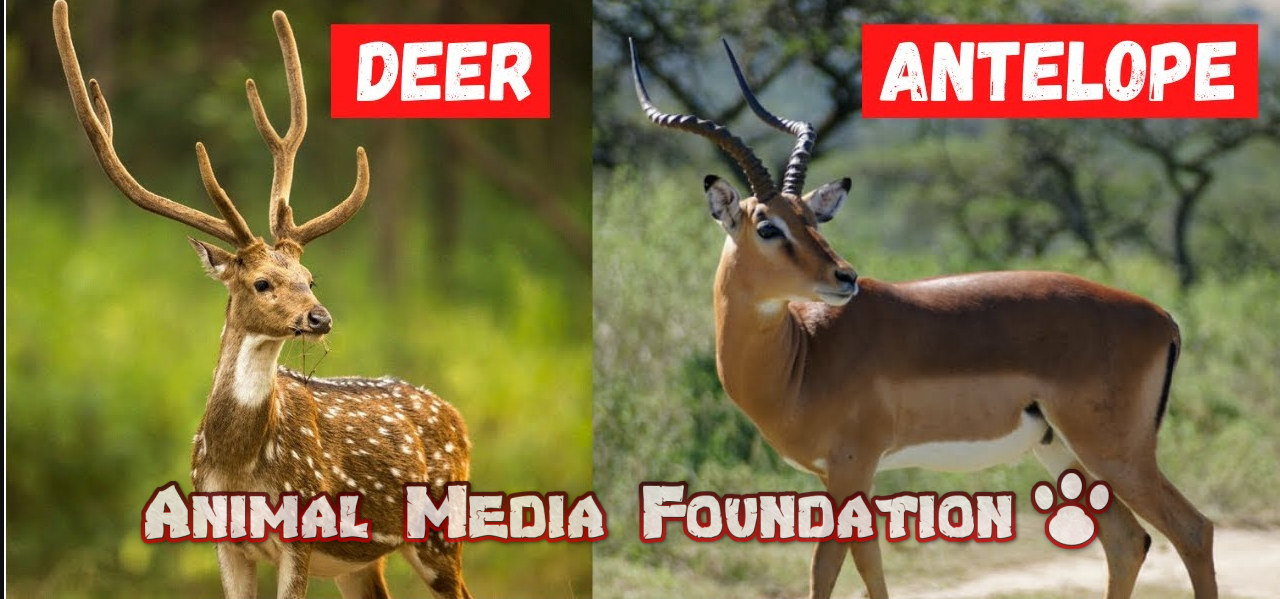Deer vs Antelope: What Sets Them Apart?
Comparing an Antelope and a Deer
| Antelope | Deer |
| Size | Weight: 110lbs to 2,000lbs Height: 3ft to 5ft at the shoulder, capable of reaching up to 9ft. |
Weight: 22lbs-900lbs Height: 2ft-4ft at the shoulder |
| Family | Bovidae | Cervidae |
| Speed | 55 mph | 40 mph |
| Antler Morphology | – Horns that do not branch but usually curve backward – Horns range in length up to 28 inches. |
– Long, branching antlers with many points |
| Keeps Antlers All Year | Yes, they have horns that continuously grow | Shed their antlers each year |
| Number of Species | 91 species | 43 species |
| Range | Africa and parts of Eurasia | Roam the Americas, Europe, Asia, and Africa |
The 7 Key Differences Between a Deer vs Antelope
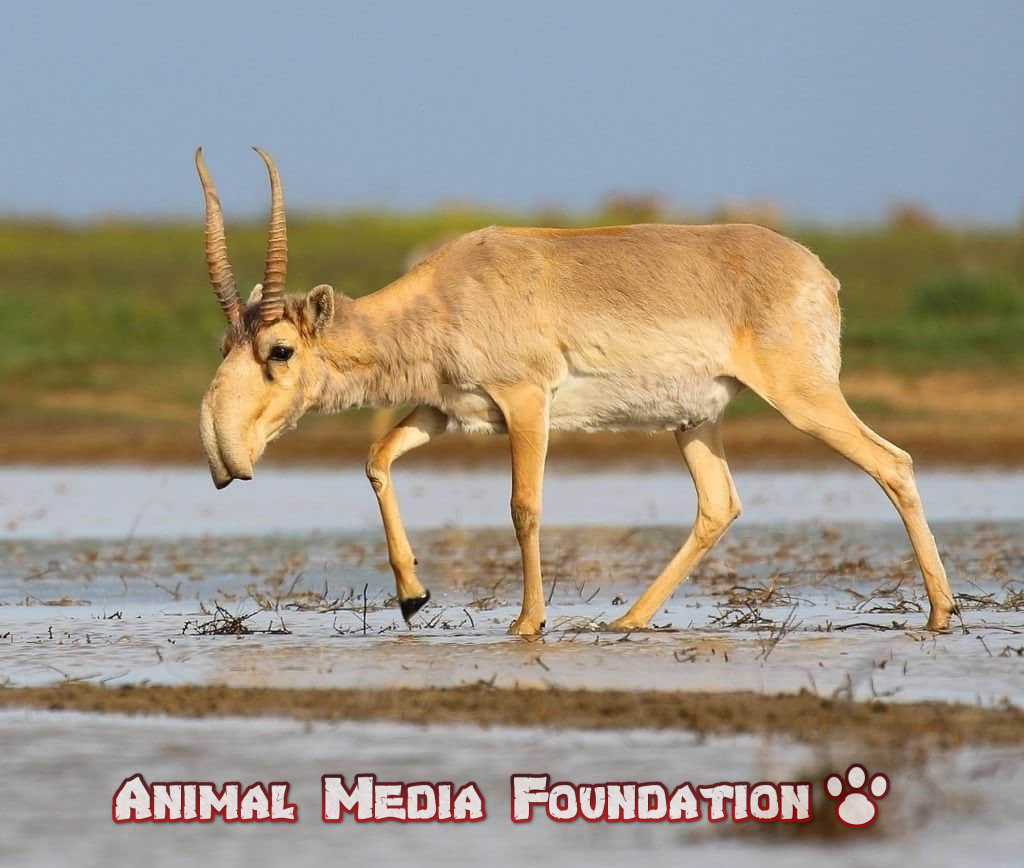
The range, size, and appearance of their antlers are three of the most notable distinctions that separate a Deer vs Antelope. The largest species of antelope are capable of reaching heights of 9 feet and weighing up to 2,000 pounds. This makes them considerably larger than the largest species of deer. In comparison to antelope, deer are considerably shorter and weigh no more than 900 kilograms at their heaviest.
When compared to those of an antelope, the antlers of a deer are more complex because they branch and have multiple points. Antelope, on the other hand, have horns rather than antlers, but these horns do not branch out as antlers do, so their entire heads typically only have two points on them.
Additionally, the range of deer is significantly larger than that of antelope. There are deer populations on every continent except Antarctica. On the other hand, there is no such thing as a true antelope in the Americas, and you won't find them in Australia or a significant part of Europe either.
These fundamental characteristics constitute the most significant distinctions between antelope and deer.
Deer vs Antelope: Size
Antelope are larger than deer. These creatures can weigh as little as 50 kilograms or as much as 2,000 kilograms, and they can be as short as three feet tall at the shoulder or as tall as nine feet. Because there are so many different species of deer, the sizes of individual deer can range quite a bit. There is a wide range of possible weights for deer, from 22 to 900 pounds. On the other hand, their height at the shoulder is typically between 2 and 4 feet in most cases. In general, the average size of a deer is less than the average size of an antelope.
Deer vs Antelope: Family
Both the deer and the antelope belong to entirely different families of animals. Cervidae is the family from which deer originate; other members of this family include elk, moose, reindeer, and roe deer. Antelope, on the other hand, are members of the family Bovidae, which places them more closely related to cattle, bison, and buffalo than they are to deer. Deer, on the other hand, are members of the Cervidae family.
How these families shed their antlers is one of the most notable differences between them, and we will discuss this difference in a moment.
Deer vs Antelope: Speed
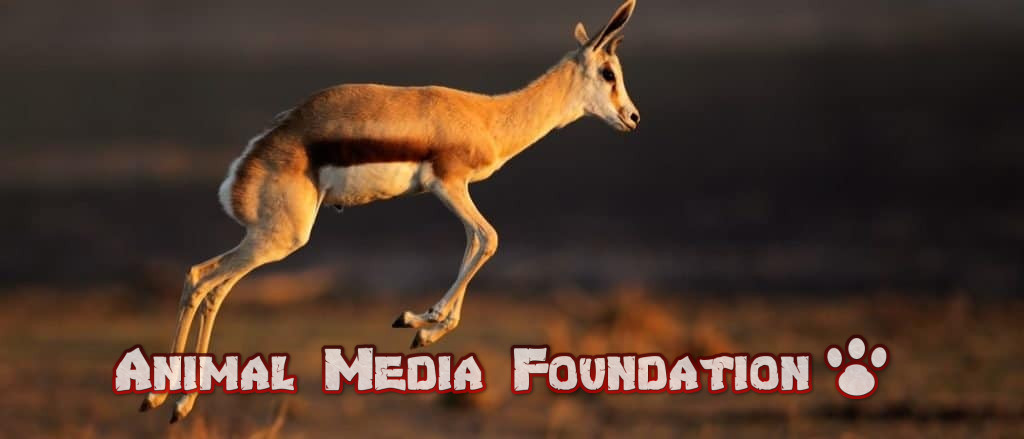
Antelopes run much more quickly than deer. Although it does depend on the species, the antelope that runs the fastest can easily outrun the deer that runs the fastest. The fastest deer can reach about 40 miles per hour in a sprint, while an antelope can reach its top speed of 55 miles per hour.
It's interesting to note that the antelope's speed isn't the only thing that makes it so impressive. They are equipped with incredible stamina, which helps them outrun and outlast predators such as cheetahs and lions. Cheetahs are unquestionably quicker than antelopes; however, if an antelope can get a head start and start running, a cheetah won't waste its closing speed trying to bring it down.
Deer vs Antelope: Antler Morphology
Both antelopes and deer are equipped with horns and antlers, respectively. Although at first glance these buildings might appear to be the same, there are significant differences between them. The horns of an antelope do not divide into smaller horns or have multiple points on them. Instead, the horns on an antelope can grow anywhere from a few inches to several feet in length throughout its lifetime. Typically, they will grow in a perpendicular direction from the top of the antelope's head, but occasionally they will curve in the opposite direction.
The antlers of a deer have a much more intricate appearance. They can develop new limbs at a rapid rate throughout the year and can branch off in a variety of directions. These are utilized in conflicts with other deer as well as in defense against various predators. Although it is unlikely that the deer's antlers will grow to be as long as the antelope's horns, they are still quite lovely and intricate in appearance.
Deer vs Antelope: Keeps Antlers All Year
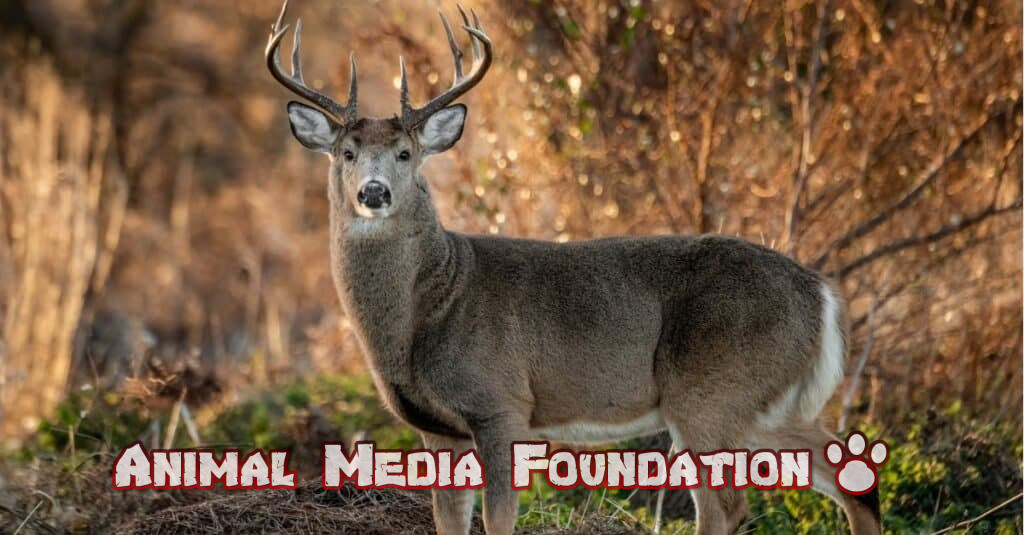
Antelope maintain their horns throughout the year, while deer typically shed their antlers once a year. Antelopes are the only species to do so. Antelopes have horns that continue to grow throughout their lives, making them increasingly larger each year. On the other hand, a deer's antlers only grow from the spring through the fall, and then in the winter, when their bodies need to conserve energy, the antlers fall off. Deer start the process of regrowing their antlers in the spring.
Deer vs Antelope: Number of Species
There are more species of antelope than there are species of deer. It is estimated that there are 91 different species of antelope, the majority of which are native to Africa. There are about 43 different kinds of deer, and they come from a wide variety of regions all over the world.
Deer vs Antelope: Range
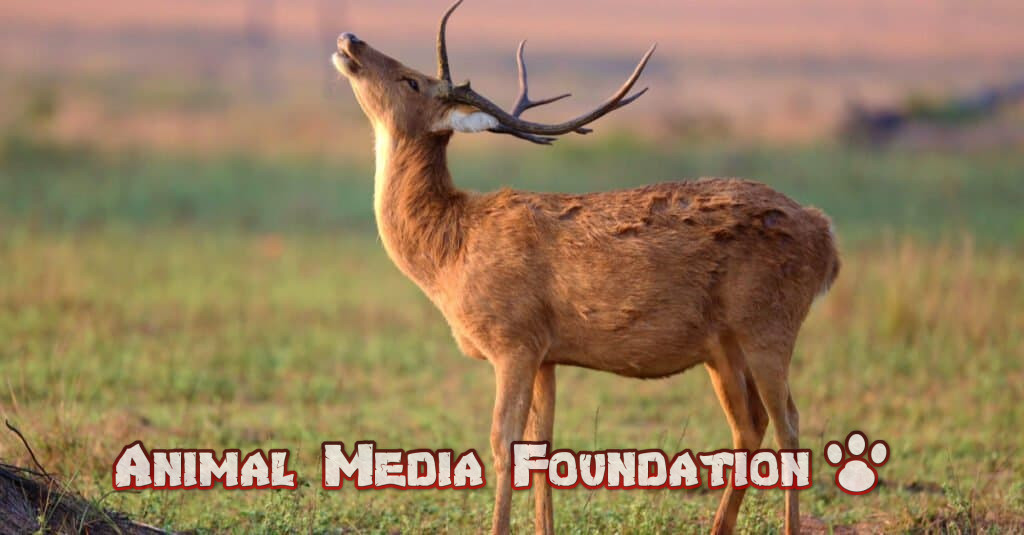
The home range of deer is significantly larger than that of antelope. There are deer all over the world, and except Antarctica, they can be found in some form on every continent besides Antarctica. Antelopes, on the other hand, are only found in certain parts of Africa and Eurasia. Their range is somewhat restricted. There is no evidence of them in either Europe or the Americas.
The pronghorn may look somewhat like an antelope, but contrary to popular belief, this so-called "American antelope" is not a member of the antelope family at all. Antilocapridae is an entirely different family from that of pronghorns, which belong to the family Cervidae. As a result, the Americas are devoid of any true antelope species.
When compared side by side, an antelope and a deer are two very distinct species of animal. Both the horns and antlers that each animal possesses on the top of its head as well as the number of species that belong to the same family, both animals are one of a kind.
It can be difficult to tell them apart when you are at a distance. If you came across two females of the same species or a deer that had recently lost its antlers, it might be difficult for you to identify the particular animal that you were looking at.
